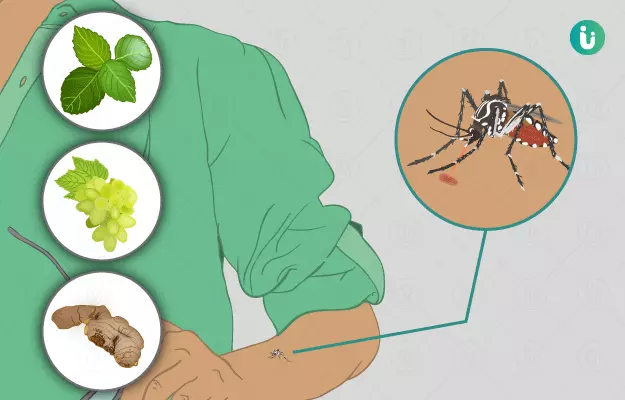Malaria is one of the oldest and deadliest diseases in the world, infects millions every year and claims lakhs of lives across the globe. Caused by five known species of the protozoan parasite Plasmodium, malaria is transmitted via the female Anopheles mosquito. When the carrier mosquito bites you, the parasites enter the bloodstream, get activated, thrive and cause havoc on all the major organs.
The incubation period of malaria is seven to 30 days, which means if bitten by a carrier today, you might begin to show symptoms at least a week later. Quick diagnosis and timely treatment is the best way to deal with malaria. This is because although the primary symptoms of malaria - fever, chills, headaches, body pain and joint pain - might seem manageable, internally the damage the malaria parasite does to your body can have a deadly effect.
Read more: Malaria and COVID-19
Diarrhoea, jaundice, anaemia, nausea and vomiting follow these symptoms and then have the potential to lead to kidney failure, seizures, liver failure, mental confusion, coma and death. It’s because of these effects that malaria is known as a life-threatening disease, and the World Health Organization (WHO), India’s National Health Portal and other global institutions have been attempting to reduce the burden of this disease for decades now.
The development of medications or anti-malarial drugs like chloroquine, hydroxychloroquine, etc and their easy availability has made eliminating malaria a possibility on the global scale - just as much as widespread implementation of preventive measures and the use of rapid diagnostic tests (RDTs) have helped. However, the WHO’s goal is to make every community empowered enough to eliminate malaria by themselves, and home remedies for malaria - which have been popularly used in many cultures and nations across the planet - are a good way to achieve this.






















